Cords are typically tied with knots in order to make them strong and firmly grip things being tied. A bungee cord has all of these qualities but doesn’t require a knot. The name "bungee" or "bungie" is considered to have originated from British slang for "Indian rubber." The Indian rubber, which was initially used for erasing pencil markings on paper, is referred to as "India-Bungie" in certain references. However, the modern bungee cord incorporates the ideas of elastic materials and load-bearing cables. Read More…
Lexco Cable Mfg.
Lexco® Cable supplies a full line of bungee cords, components, and assemblies. Our top quality bungee ropes are ideal for tethering, tie-down, fitness, sign hanging, and dozens of other applications. Bungee cord is known by several different industry names, including shock cord and fibertex cord. All of these terms describe the same product.
We cut bungee cord in-house to our customers’ length requirements, and can install the hooks, ball ends, or hog ring crimps you need as well. We also offer a variety of ready-to-ship bungee rope assemblies in various lengths and with light- or heavy-duty hooks already installed.
Norridge, IL | 800-626-6556
Request for Quote

More Bungee Cord Suppliers
What Actually is a Bungee Cord?

A bungee cord (sometimes called a shock cord) is a form of rope that has an elasticized rubber core and a braided outer coating.
Natural or synthetic rubber can be used for the core. Multiple strands of rubber are packed together before being encased in a flexible sheath made of cotton, polypropylene, or nylon. On one or both ends, a fastening, such as a hook end, is attached.
The inside core of stretchy fibers lengthens and creates tension as the rope is stretched, while the braided outer part tightens around the core. This enables it to be utilized for a variety of tasks, ranging from tying down things to pulling and dragging.
General Design Specifications of Bungee Cord
Following are some of the important points regarding the general design of bungee cords:
- Standard commercial bungee cable comes in diameters ranging from 0.25 to 0.62-inch (0.64-1.6 cm).
- Mil-spec cable is available in diameters ranging from 0.25 inch to 0.87 inch (0.64-2.2 cm).
- With the exception of changing the colors of the outer covering, these cables do not require any additional design work.
- Bungee jumping cable is typically 0.62 inch (1.6 cm) in diameter and is custom-made to the specifications of each bungee jumping firm.
- For some applications, a custom-made bungee cable may be necessary.
Applications of Bungee Cord
Bungee Cord is definitely an innovative product that has significantly proven to be a better alternative than the simple ropes. Following are some of the most useful and creative applications of bungee cord:
- The most common uses for bungee cords are to fasten items without tying knots and to dampen stress.
- Bungee cords, with metal or plastic hooks on both ends, are sold as a general utility item.
- Bungee cords can be used to hold luggage while transporting oversized items. It can also be used to hold small and fragile items inside the car by tying them to the car seat.
- Bungee cords can be used for a plethora of domestic purposes, for example, to make bundles of things such as wires, logs, rugs, and long-handled tools.
- One use of bungee cord is that it can be used on shelves to protect items from falling off of them.

- Bungee cord can be used for workouts as an exercise band for bicep curl resistance band exercises.
- It can also be used as a leash for pet dogs.


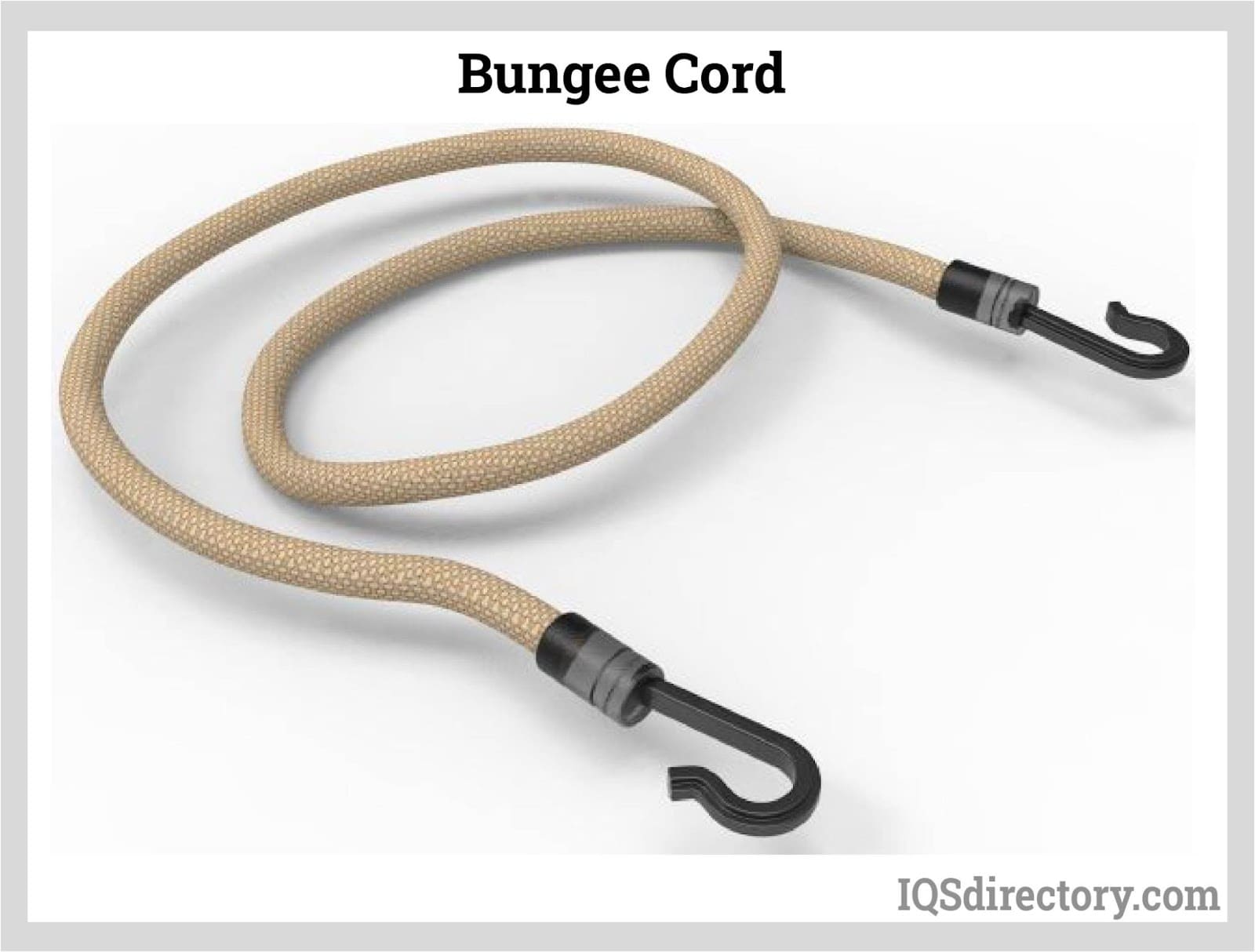
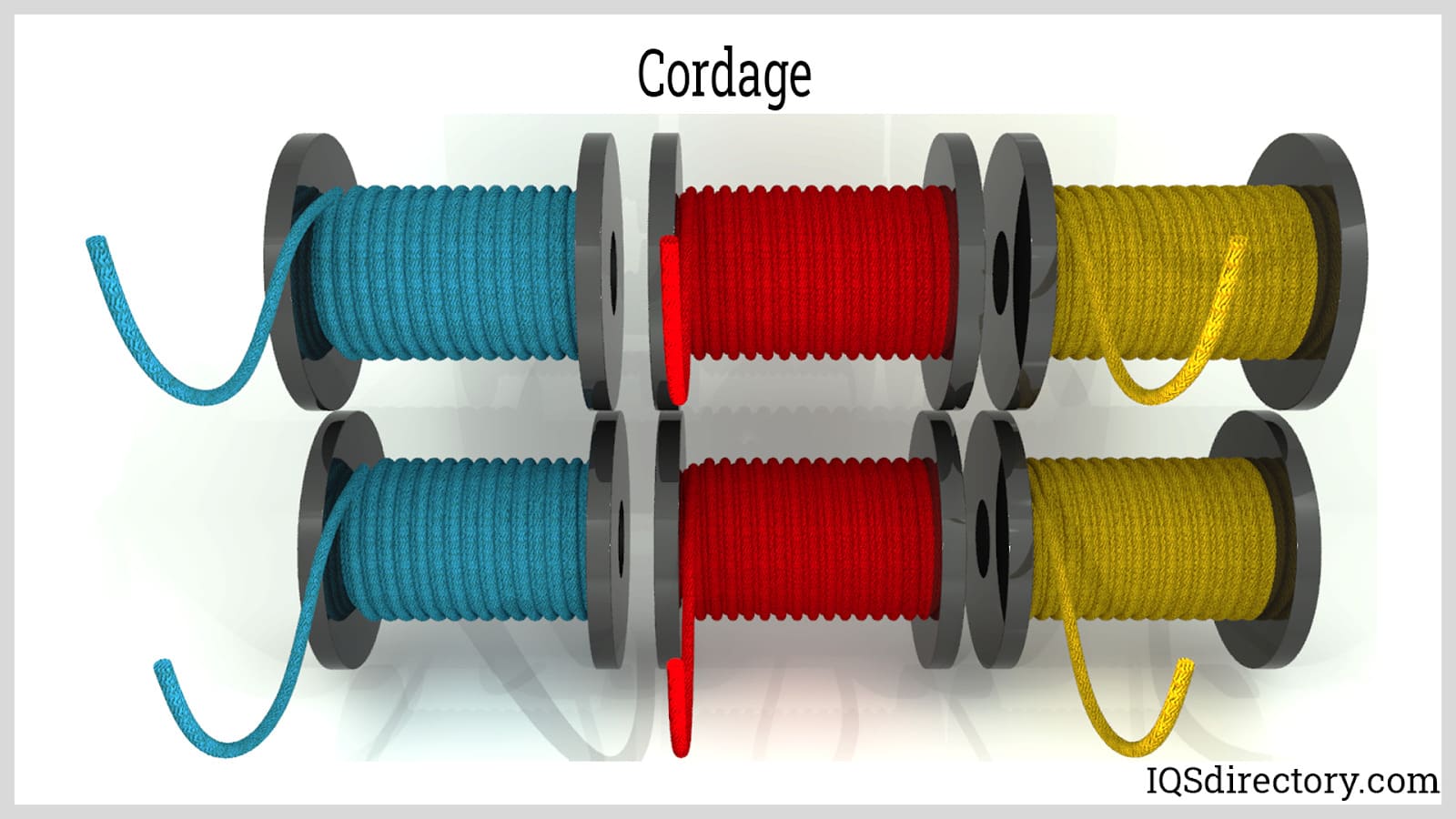
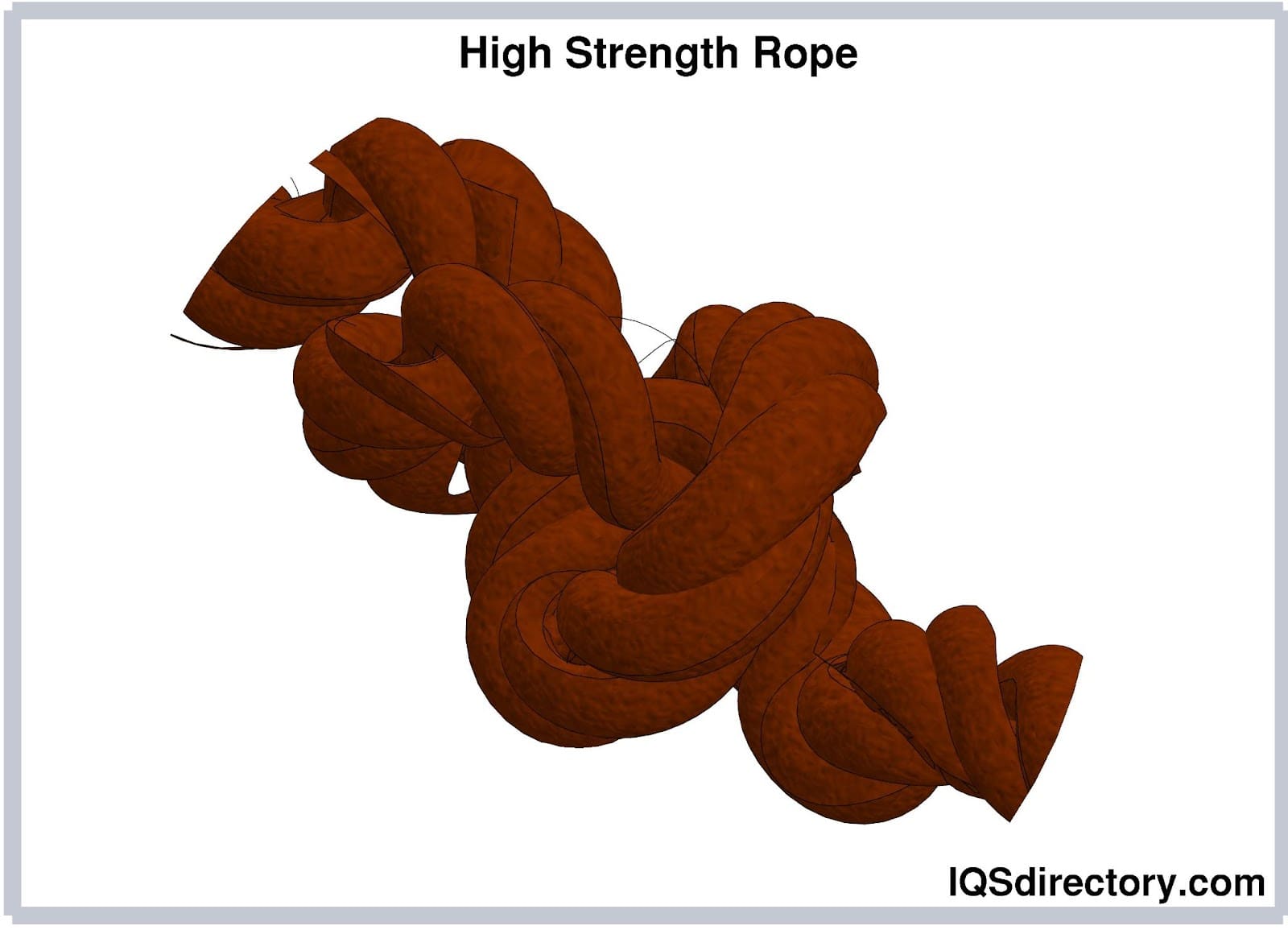
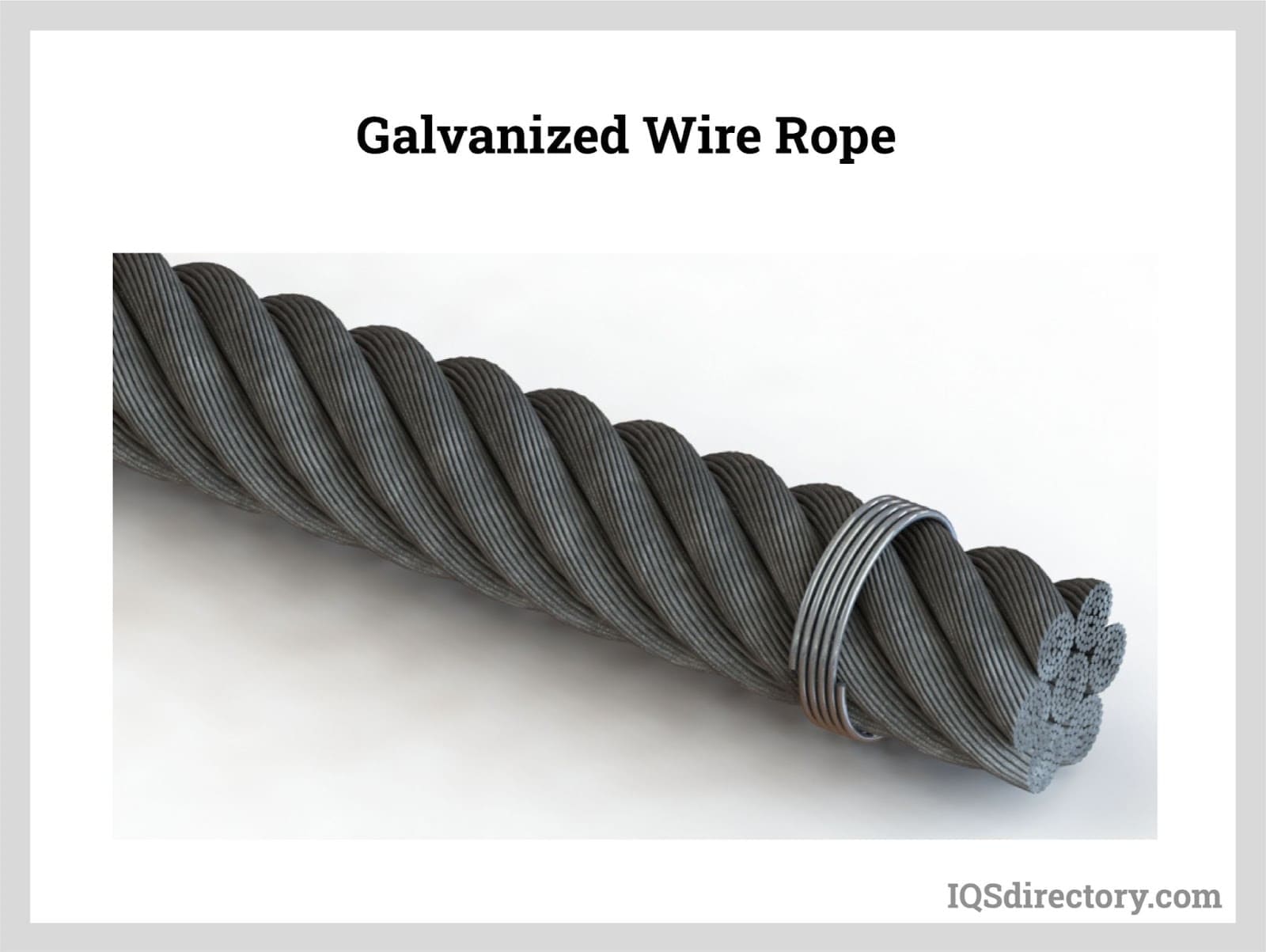
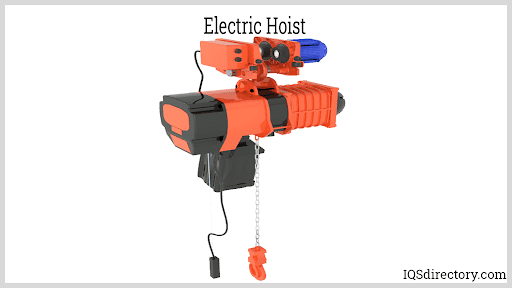
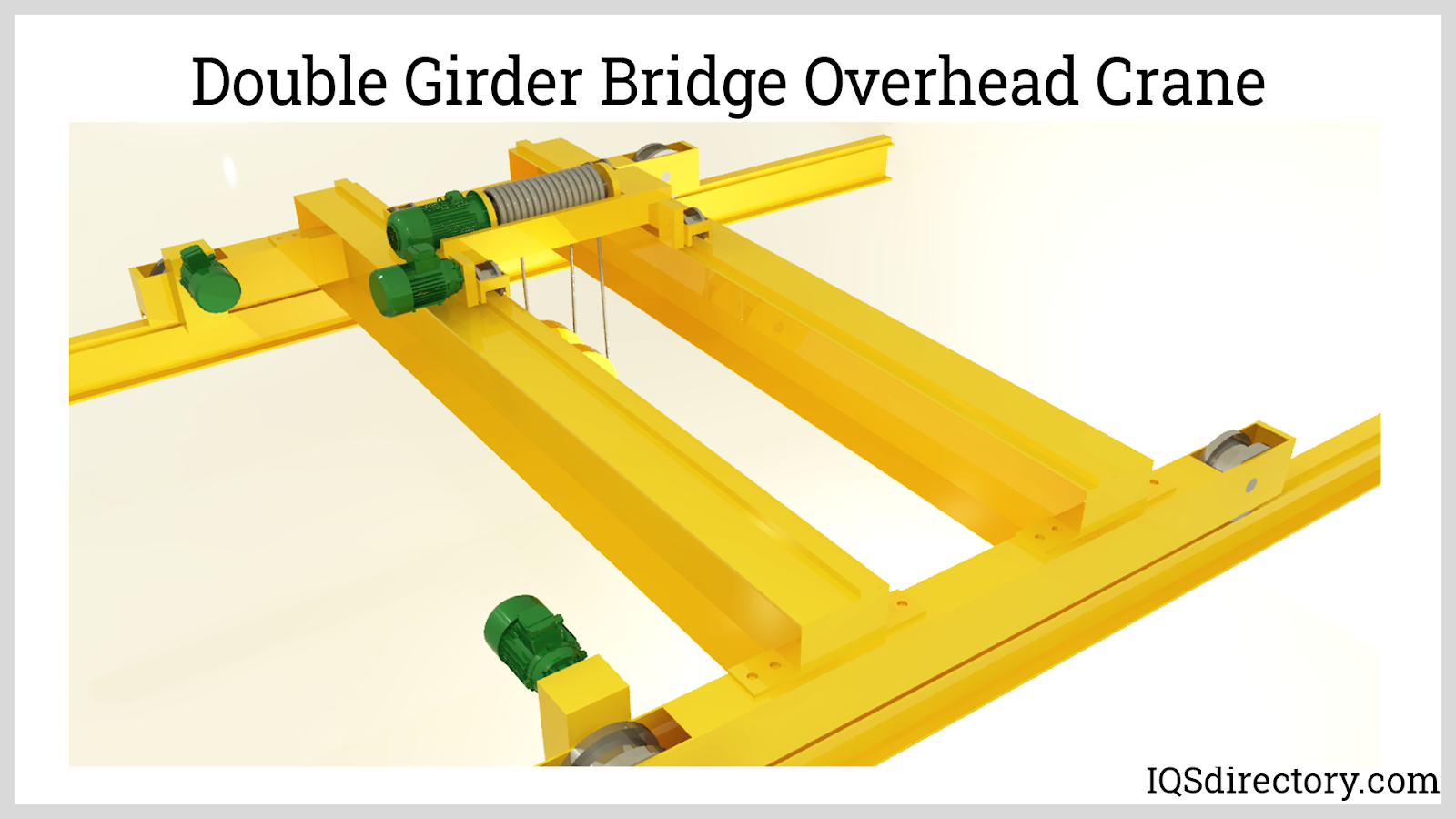
 Cranes
Cranes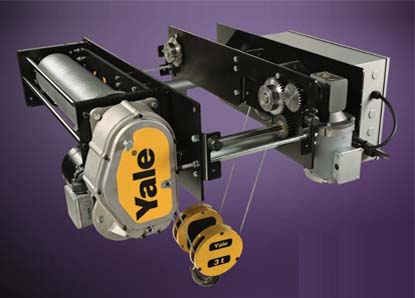 Electric Hoists
Electric Hoists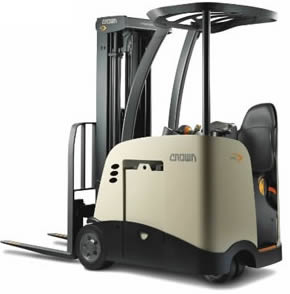 Forklifts
Forklifts Hydraulic Lifts
Hydraulic Lifts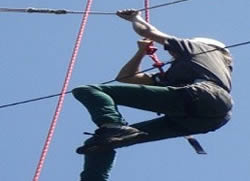 Rope
Rope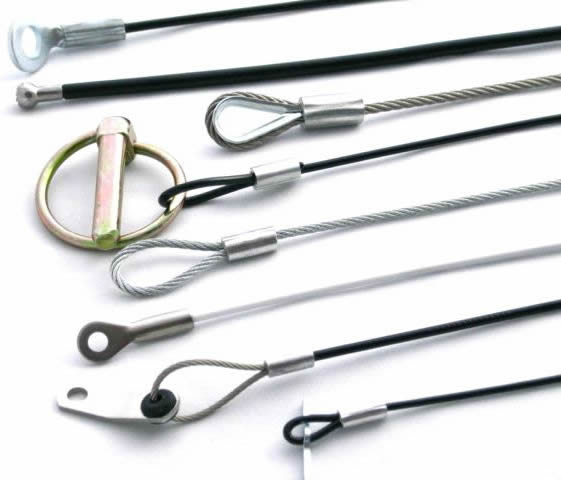 Wire Rope
Wire Rope Castings & Forgings
Castings & Forgings Bulk Material Handling
Bulk Material Handling Electrical & Electronic Components
Electrical & Electronic Components Flow Instrumentation
Flow Instrumentation Hardware
Hardware Material Handling Equipment
Material Handling Equipment Metal Cutting Services
Metal Cutting Services Metal Forming Services
Metal Forming Services Metal Suppliers
Metal Suppliers Motion Control Products
Motion Control Products Plant & Facility Equipment
Plant & Facility Equipment Plant & Facility Supplies
Plant & Facility Supplies Plastic Molding Processes
Plastic Molding Processes Pumps & Valves
Pumps & Valves Recycling Equipment
Recycling Equipment Rubber Products & Services
Rubber Products & Services